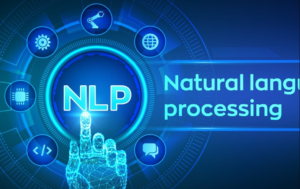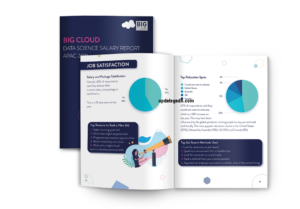Absolutely, learning Natural Language Processing (NLP) with practical coding examples can be quite effective. Here’s a roadmap to get you started in 2023, complete with code snippets:
Start :Natural Language Processing
- Setting Up Your Environment: Install Python and relevant packages using a package manager like pip:
pip install numpy pandas nltk spacy tensorflow- Basic Text Processing: Start by tokenizing and stemming text using NLTK:
import nltk
from nltk.tokenize import word_tokenize
from nltk.stem import PorterStemmer
nltk.download('punkt')
text = "Learning NLP is exciting!"
words = word_tokenize(text)
stemmer = PorterStemmer()
stemmed_words = [stemmer.stem(word) for word in words]
print(stemmed_words)- Named Entity Recognition (NER) with SpaCy: Use SpaCy for NER:
import spacy
nlp = spacy.load("en_core_web_sm")
text = "Apple is a tech company headquartered in Cupertino."
doc = nlp(text)
for ent in doc.ents:
print(ent.text, ent.label_)- Sentiment Analysis: Perform sentiment analysis using TextBlob:
from textblob import TextBlob
text = "I love this product! It's amazing."
blob = TextBlob(text)
sentiment = blob.sentiment
if sentiment.polarity > 0:
print("Positive sentiment")
elif sentiment.polarity < 0:
print("Negative sentiment")
else:
print("Neutral sentiment")- Text Classification with TensorFlow: Build a simple text classification model using TensorFlow:
import tensorflow as tf
from tensorflow.keras.models import Sequential
from tensorflow.keras.layers import Embedding, LSTM, Dense
# Prepare your data and labels
model = Sequential()
model.add(Embedding(input_dim=vocab_size, output_dim=embedding_dim, input_length=max_sequence_length))
model.add(LSTM(128))
model.add(Dense(1, activation='sigmoid'))
model.compile(optimizer='adam', loss='binary_crossentropy', metrics=['accuracy'])
model.fit(train_data, train_labels, epochs=10, validation_data=(val_data, val_labels))- Word Embeddings with Word2Vec: Use Gensim to train a Word2Vec model:
from gensim.models import Word2Vec
sentences = [["I", "love", "NLP"], ["Natural", "Language", "Processing", "is", "fascinating"]]
model = Word2Vec(sentences, vector_size=100, window=5, min_count=1, sg=0)
vector = model.wv['NLP']
print(vector)- Transformer Models with Hugging Face Transformers: Utilize transformer-based models with Hugging Face Transformers:
from transformers import pipeline
nlp_pipeline = pipeline("sentiment-analysis")
text = "I'm having a great day!"
result = nlp_pipeline(text)
print(result)Natural Language Processing (NLP) :https://www.ibm.com/topics/natural-language-processing
Other related Post :-
- https://updategadh.com/python-projects/how-to-build-an-ai-system-step-by-step-guide/
- https://updategadh.com/ai/8-ways-ai-is-used-in-education/
- https://updategadh.com/python-projects/the-power-of-data-visualization-with-python/





